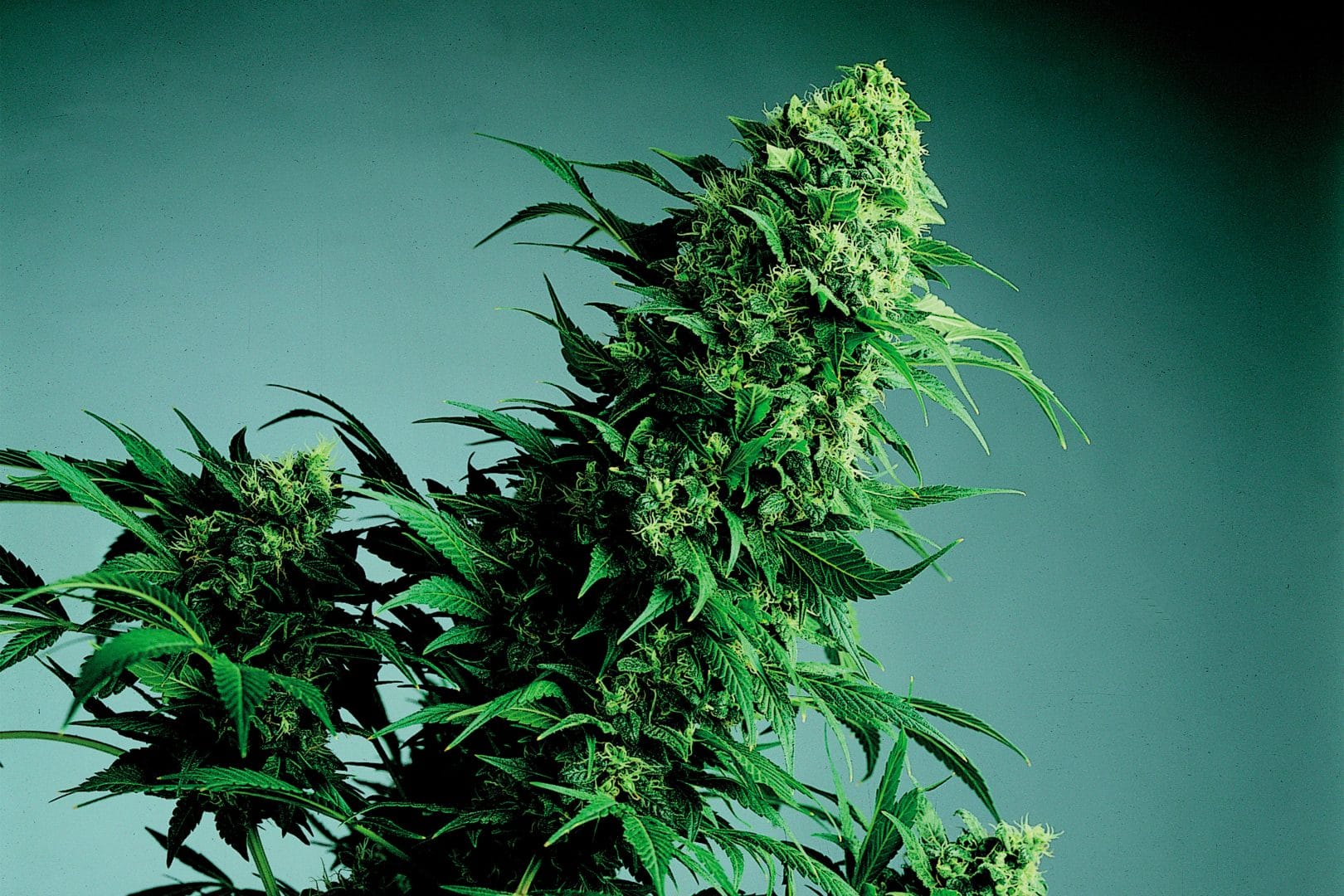
Cannabis Indica
Cannabis Indica L. is generally agreed to have originated either on the Asian subcontinent, or possibly in Afghanistan.

The name ‘ruderalis’ comes from ‘ruderal’, a term given to wild plant species which are the first to colonise land disturbed by natural forces or human activity.
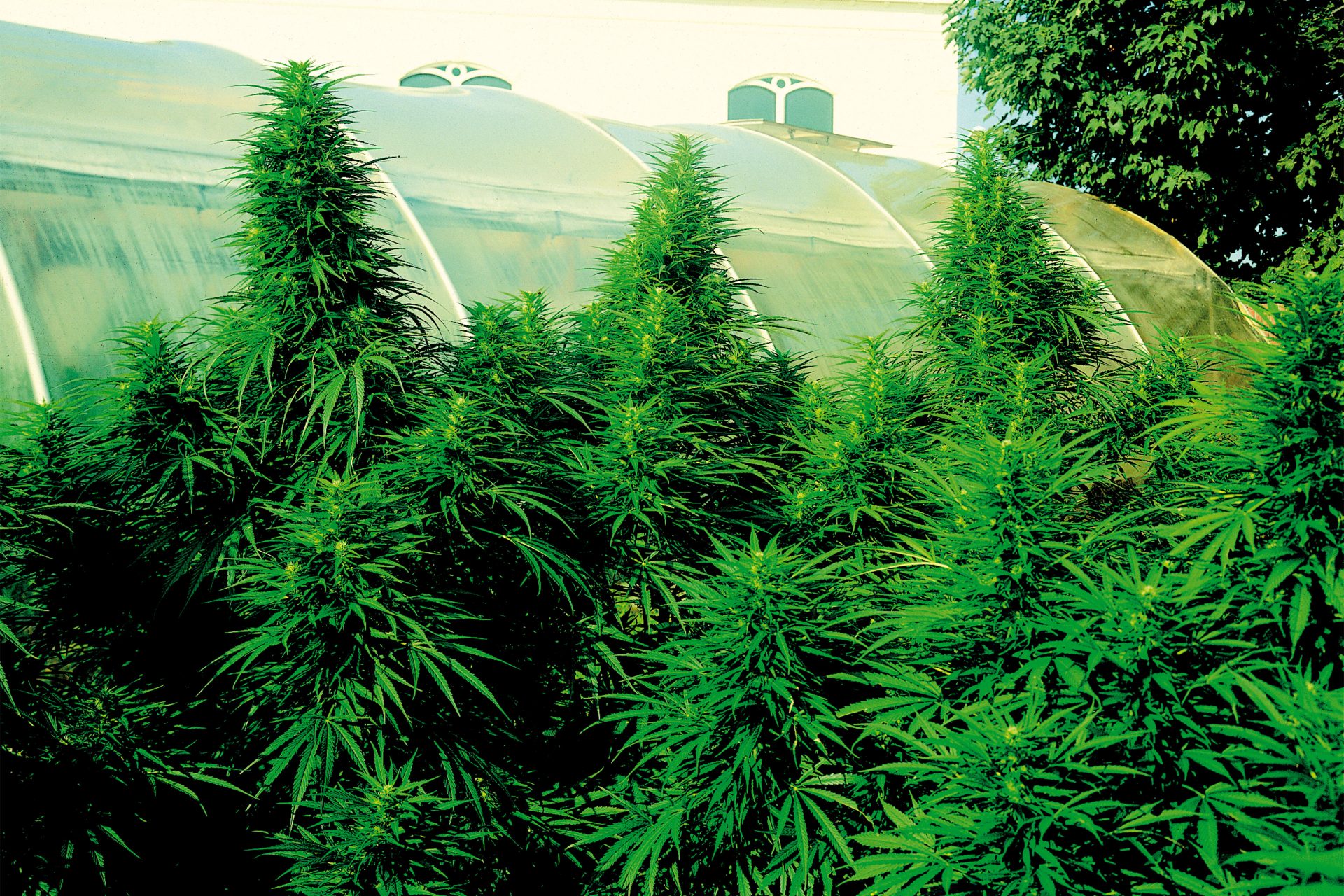
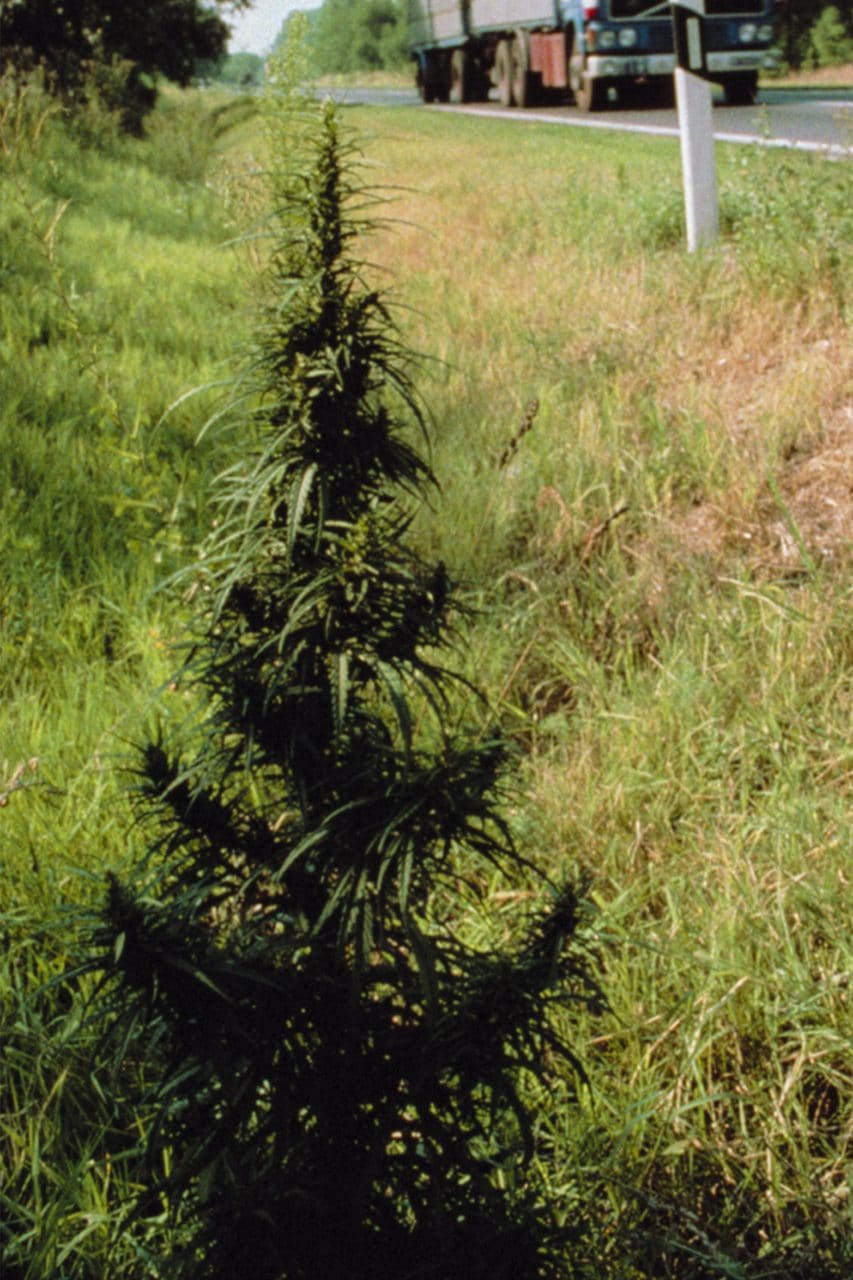
Cannabis Ruderalis is tentatively described as the third type of cannabis, as botanists are currently unsure whether it qualifies as a species in its own right. Ruderalis is an uncultivated strain native to Russia, central Europe and central Asia and is well adapted to the harsher environments found in these locations. Whether seen as a variation on the single cannabis species or as a distinct species in itself, Ruderalis types of cannabis are most likely descended from Indica varieties which, in turn, are probably descended from Sativas.
The differences between these three types in their growing and reproductive patterns can be linked to the vastly different environments encountered by the original tropical phenotype Cannabis Sativa L. As it spread further and further north of the equator after the last ice age, the different types evolved to survive in new climates. Human intervention and agriculture has also had significant effects on Indica and Sativa gene-pools, but much less influence on wild Ruderalis.
A typical Cannabis Ruderalis plant is very short in height, often between 30cm and 80cm when fully grown. It produces only a few branches and has wide, fat-bladed leaves, similar to those of Cannabis Indica. Once flowering begins, Ruderalis will gain even less height than an Indica strain. Therefore it is sometimes referred to as dwarf cannabis or bonsai cannabis.
Nearly all flowering plants take their cue to reproduce from seasonal changes in the climate, particularly the number of hours of daylight. The ability to begin flowering based on changes in the plant instead of its environment is known as ‘auto-flowering’. This is the most notable characteristic of the Ruderalis strain, its capacity to flower (and therefore reproduce) according to an individual plant’s age.
Cannabis Ruderalis will begin flowering when it achieves a certain stage of maturity – normally after about five to seven weeks of growth. Once Cannabis Ruderalishas begun flowering, it continues to do so until other environmental factors (most notably winter) cause the plant to die. The other varieties of cannabis may expire naturally once they have accomplished reproduction.
The adaptation of Cannabis Ruderalis to short, cool summers can be seen in other traits. Ruderalis has the ability to complete its life cycle – from being a seed to producing seeds – in just 10 weeks (though 12 to 14 weeks is more common). Its seeds detach easily and can survive more than one season in frozen ground – until conditions are favourable enough to allow growth. The seeds can also survive their shells being cracked open when walked on by humans or animals. For some Ruderalis strains, this occurrence may even aid the germination of seeds.
Wild Cannabis Ruderalis strains are nearly always low in THC and relatively high in CBD, two of the psychoactive compounds known as cannabinoids. While pure Ruderalis strains have little value in terms of fibre or recreational use, their hardiness, their auto-flowering capability and their extremely fast maturation time are of great interest to cannabis breeders. Hybrids made from combining Indica and Ruderalis strains are currently proving to be some of the earliest-maturing outdoor plants available.
Ruderalis hybrids are also useful for medicinal applications in cases where the therapeutic benefits of CBD are preferred without the attendant intoxicating effects of high-THC strains.

You might also be interested in these topics

Cannabis Indica L. is generally agreed to have originated either on the Asian subcontinent, or possibly in Afghanistan.
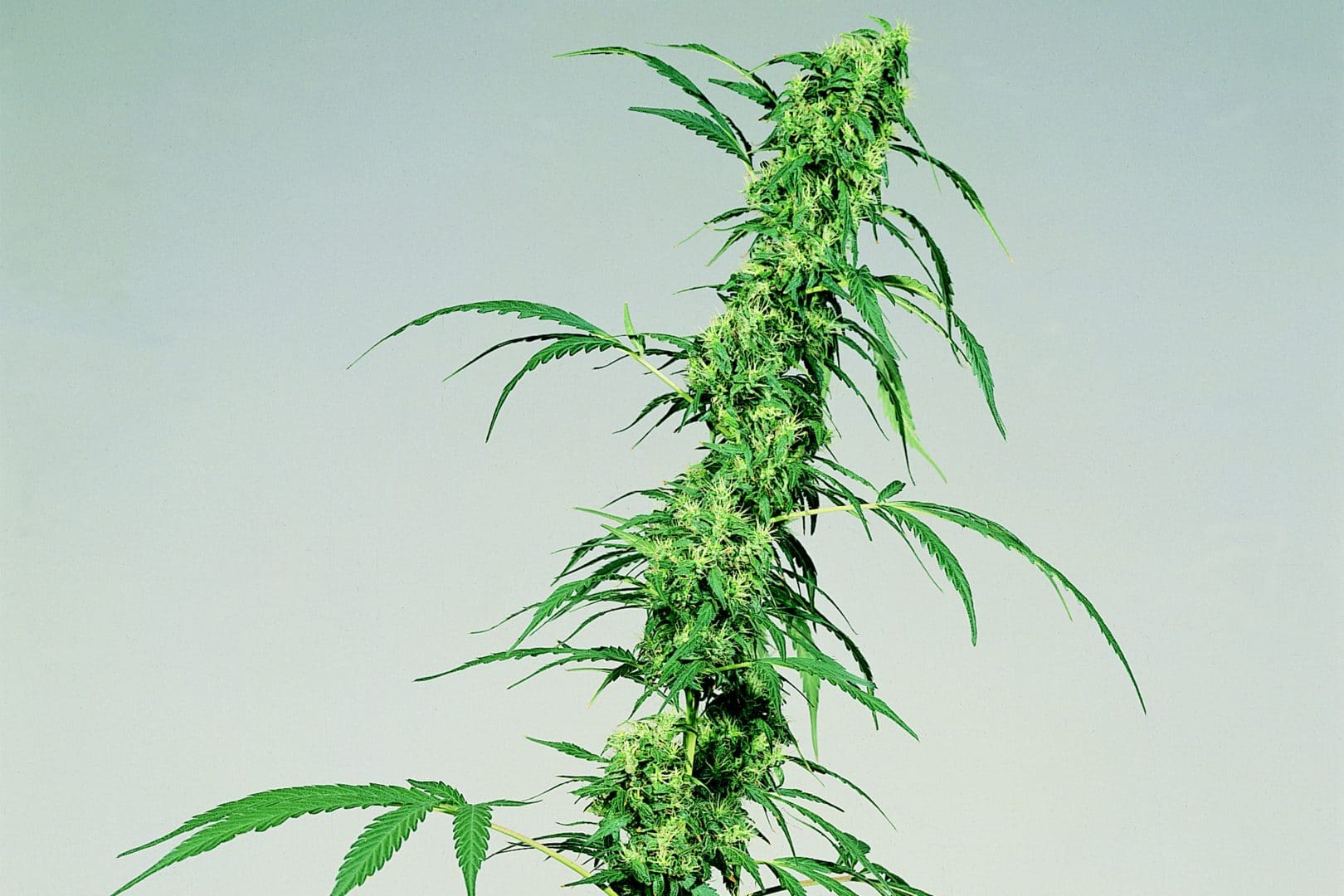
Cannabis Sativa is probably the most common form of cannabis worldwide and also the type with the most applications.

Temporary exhibition The ABC of CBD Green gummybears, lollies, bars, shakes, capsules, or ‘just’ drops: in all its forms, CBD promises help with many complaints. It’s a cannabis product that’s available at pharmacies, and it won’t make you ‘high’. For anyone who cares about their health, CBD is the discovery of the twenty first century. […]

See live cannabis plants growing in our garden exhibit in Amsterdam.
Buy your ticket Plan your visit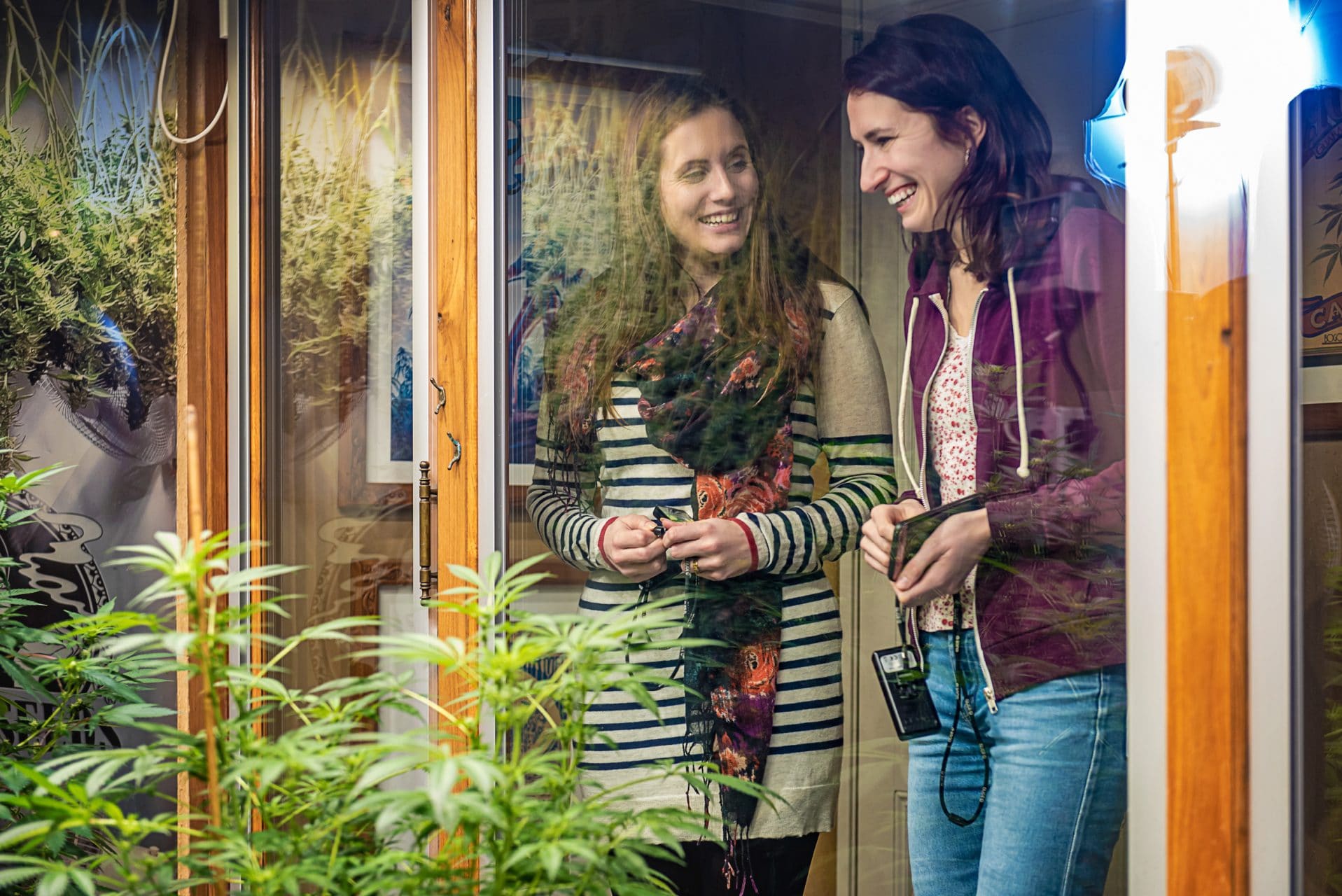
Sign up to get the latest news about the museum, upcoming exhibitions and events.
Oudezijds Achterburgwal 148
+31 (0)20-6248926
amsterdam@hashmuseum.com
Monday to Thursday: 12:00 – 20:00
Friday to Sunday: 10:00 - 22:00
More information
Carrer Ample 35
+34 93 319 75 39
barcelona@hashmuseum.com
Every day: 11:00 – 20:00
More information
© 1987 - 2025 Hash Marihuana & Hemp Museum. All Rights Reserved. CSS Status 404